6 Questions About CAT Tools Answered
CLEAR WORDS
TRANSLATIONS
All News
juillet 30, 2020 |
6 Questions About CAT Tools Answered
If you’ve been working with translators or plan to collaborate with language service providers, you’ve most probably heard CAT tools mentioned more than once. Most likely, you have questions about these tools and how they impact the quality of a linguist’s work.
This article answers some of the most common questions about CAT tools so that, next time they pop up, you know what they’re all about.
1) What Is a CAT Tool?
The acronym “CAT” stands for “Computer Aided Translation,” but you’ll also find the term “Computer-Assisted Translation.” Either way, it describes any software that helps you to translate text. However, that doesn’t mean that a computer will deliver a foolproof translation. Instead, it only assists translators in doing their job by suggesting words and phrases that correspond to the source text in the target language.
One of the best features of any CAT tool is the translation memory (TM)–a database or glossary of translated terms and expressions. Linguists use this resource to make their work easier. Also, if you work with industry-specific terminology, you can add it to ensure that every term in the original language receives the correct translation in the target language, in line with industry standards.
CAT software also comes with other useful characteristics, such as autosuggest, spell checker, text indexers, side-by-side alignment, quality assurance, and more.
2) How Do CAT Tools Work?
Translators upload the text into the program, and the software separates the content into smaller sections, which are usually called translation units or springs. Then, it searches for similar constructions in its database and translates them using glossaries and its translation memory.
As a general rule, CAT tools can open all files and display them so the text is easy to read. Using software features, linguists can comfortably work line by line within the tool.
The software doesn’t provide an accurate translation of the translation units. It usually suggests several phrases for every segment. Then, translators analyze these possible versions and come up with the most suitable words to transmit the correct message without altering the meaning.
CAT tools speed up the translation process, as they reduce the time necessary for typing and finding the right terminology during translation. This way, translators have more time to focus on the meaning of the original text and provide a highly-accurate translation.
3) Why Is Translation Memory Important?
Having a tool that provides the right terminology to use comes with a series of benefits:
- TM ensures consistency in long projects. Every term is translated using a single word in the same file or even across multiple documents if needed. Also, as translators get to see the content line by line, they’ll translate accordingly, without missing any phrase or paragraph.
- It permits reusing old translation projects. When you need to translate an updated version of a document, you can recycle segments from the original content to speed up the process. It’s a feature that helps translators to work with quicker turnarounds and deliver high-quality content at the same time.
- It reduces translation costs. The more content you can recycle, the less number of hours linguists dedicate to a translation project. Over time, this can save you significant resources, especially when you plan for long-term projects or to translate a large number of similar documents.
4) Are CAT Tools and Machine Translation the Same Thing?
No, CAT tools can include “machine translation” features, but they don’t deliver automated translations without help. Google Translate, for example, isn’t a CAT tool, as it generates translations without human contribution. When translators use CAT tools, they don’t just copy and paste a text as you would do with Google Translate. They go through the content line by line and curate it to give it the best form and maintain the meaning.
Machine translation implies processing large amounts of text in seconds and delivering almost instant translations. The downside is that interpretations are rarely accurate. The target text doesn’t sound natural, and, in some cases, it may not reflect the intention behind the message.
With CAT tools, you don’t get instant translations, as the linguist still needs to go through the content and edit almost every line for flow and clarity. Sometimes, translators use machine translation features to speed up the process, but they still make the necessary changes to make the final version of the text sound less like a translation and more like something a native would write.
5) Can Anyone Use CAT Tools?
Yes and no. Anyone can learn to use the software. Most CAT tools on the market are intuitive and have uncluttered interfaces, making them pretty easy to use. However, translation requires more than technical skills. Without in-depth knowledge of the two languages or cultural insights, it’s unlikely you’ll obtain high-quality translations.
Like any other tool out there, a CAT tool is worth only as much as the person who uses it. So, if you plan to buy a CAT tool and have your employees translate content with no professional assistance, no one can guarantee 100 percent accuracy.
You’ll probably get better results than with using free online machine translation options, but you won’t receive top quality content.
6) Is It Still Human Translation?
Yes, it is human. The software alone can’t deliver a final translation. At most, you’d get some pieces of a text put together, but that doesn’t mean it’s usable in such a form.
The linguist decides how much from the automated translation to use and how to put together the words to create valuable texts that can help you reach your goals. Let’s say you want to translate a contract, for instance. Without the human touch, not only will the text have grammatical errors, but it’s also likely it won’t comply with legal requirements.
CAT tools help translators to be more productive and deliver high-quality work in a short period. But they’re no substitute for language skills or knowledge in a specific area.










